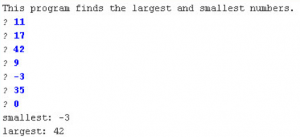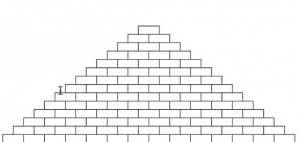Prerequisites to the tenth lecture is reading chapters 9.1 through 9.3 of “Art and Science of Java”. The lecture provides more insight into using graphics in Java.
Prerequisites to the eleventh lecture is reading chapter 9.4 as well as chapters 10.1 through 10.4 of “Art and Science of Java”. The lecture continues with graphics (including compounds) and introduces event driven programming.
Prerequisites to the twelfth lecture is reading chapters 8.1 through 8.4 of “Art and Science of Java”. The lecture starts with enumeration and explains strings in detail.
Prerequisites to the thirteenth lecture is reading chapter 8.5 of “Art and Science of Java”. The lecture continues with strings in even more detail.
Code for these lectures are available on github.




